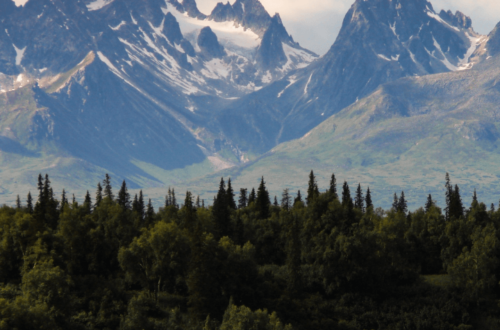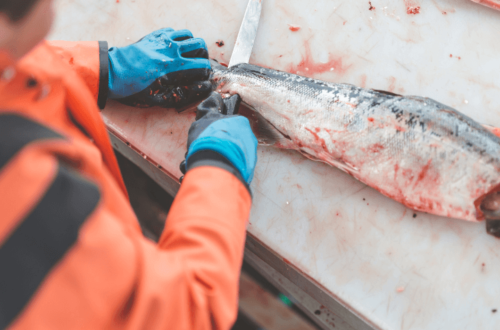Alaska’s salmon fisheries are not just a vital part of the state’s economy and culture—they are also a testament to the incredible natural bounty found in the Last Frontier’s pristine waters. With five species of Pacific salmon returning to Alaska’s rivers and streams each year to spawn, the state boasts some of the most abundant and sustainable salmon fisheries in the world. In this blog post, we’ll explore the beauty and bounty of Alaska’s salmon fisheries, highlighting the importance of these iconic fish to both humans and the ecosystem.
The Diversity of Salmon Species: Alaska is home to five species of Pacific salmon: Chinook (King), Coho (Silver), Sockeye (Red), Pink (Humpy), and Chum salmon. Each species has its own unique characteristics, migration patterns, and habitat preferences, making Alaska’s salmon fisheries incredibly diverse and dynamic.
Chinook salmon, known for their large size and rich flavor, are prized by anglers for their impressive fighting ability and delicious flesh. Coho salmon, with their bright silver scales and acrobatic leaps, provide thrilling sport fishing opportunities throughout the state. Sockeye salmon, prized for their deep red flesh and rich flavor, support vibrant commercial and recreational fisheries in rivers like the Kenai and Copper.
Alaska’s salmon fisheries are managed using science-based conservation principles and sustainable fishing practices to ensure the long-term health and abundance of salmon populations. The Alaska Department of Fish and Game (ADF&G) oversees salmon management through a combination of harvest quotas, escapement goals, and monitoring programs designed to protect spawning stocks and maintain healthy ecosystems.
Commercial salmon fisheries are carefully regulated to prevent overfishing and minimize impacts on wild salmon populations and their habitats. Additionally, recreational anglers are subject to bag limits, size restrictions, and seasonal closures to help sustain healthy salmon populations for future generations.
Salmon are not just a vital source of food and income for Alaskans—they are also deeply ingrained in the state’s cultural identity and heritage. Native Alaskan communities have relied on salmon for thousands of years as a primary food source and spiritual symbol, with salmon playing a central role in their traditional subsistence lifestyles and cultural ceremonies.
In addition to their cultural significance, salmon are a cornerstone of Alaska’s economy, supporting thousands of jobs and generating billions of dollars in economic activity each year. Commercial fishing, sport fishing, and tourism related to salmon viewing and angling contribute significantly to Alaska’s economy, particularly in rural communities where salmon are a primary source of income and employment.
Alaska’s salmon fisheries are a testament to the state’s natural abundance and cultural richness. From the pristine rivers of the Kenai Peninsula to the remote streams of Bristol Bay, Alaska’s salmon fisheries offer unparalleled opportunities for sustainable harvest, recreation, and cultural enrichment. By embracing science-based management practices and respecting the cultural significance of salmon, Alaskans can continue to enjoy the beauty and bounty of these iconic fish for generations to come.





